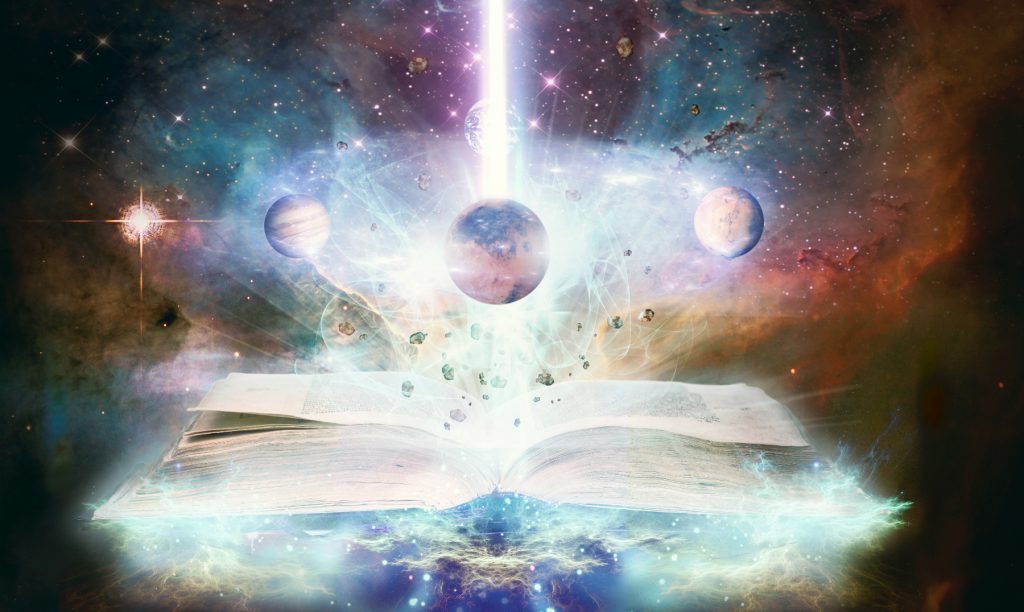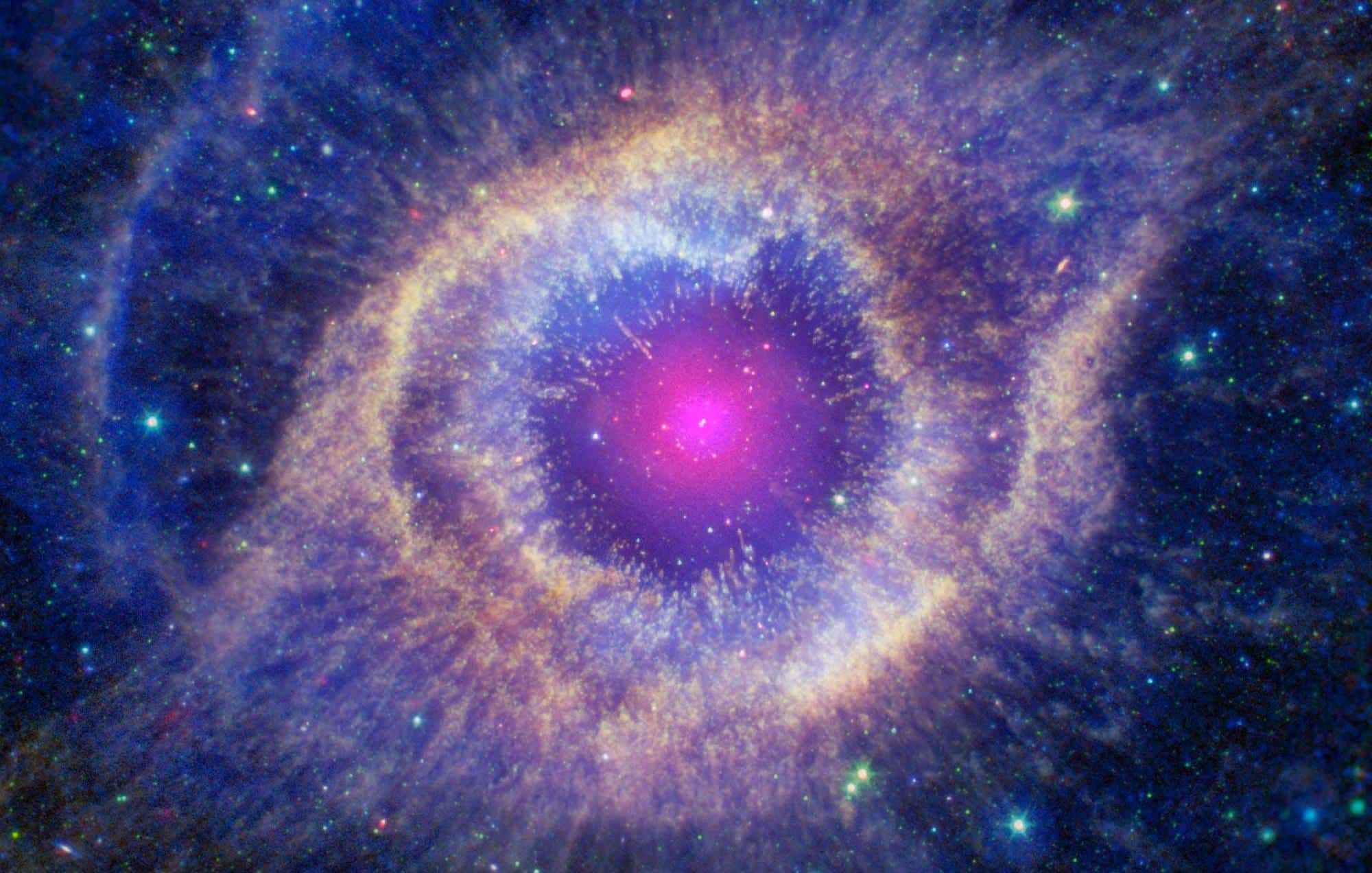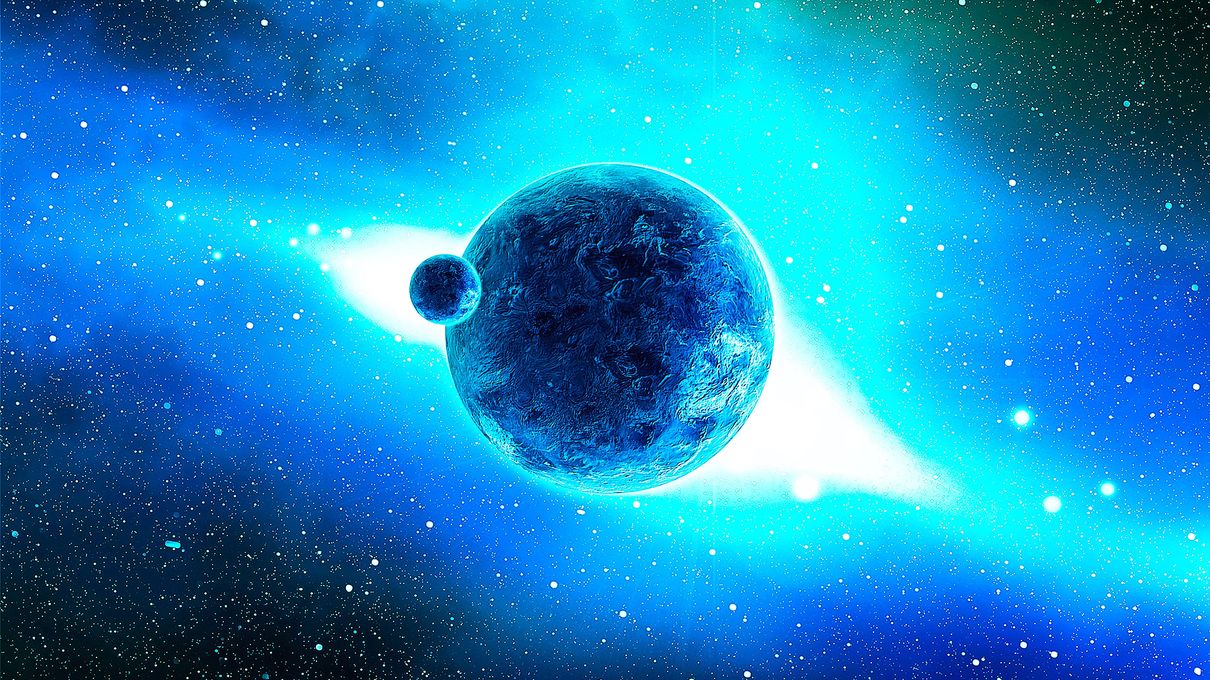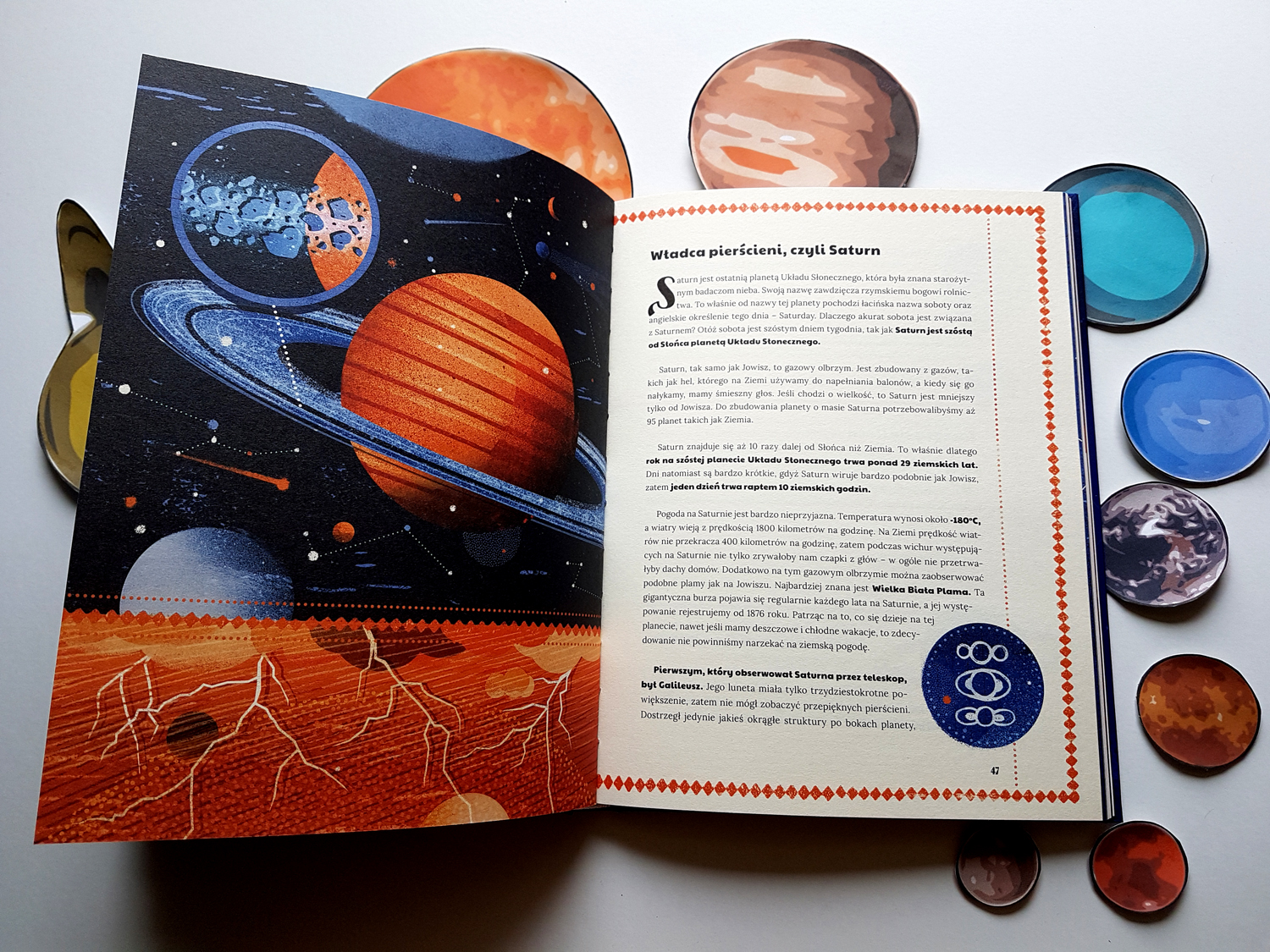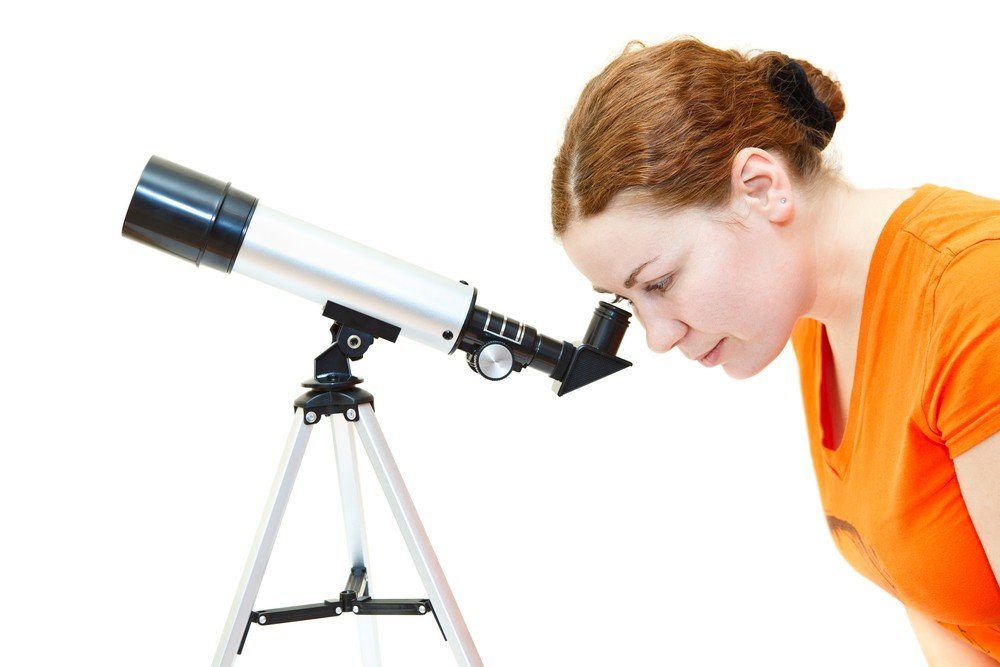Astronomy Discoveries – Discover the 10 most important in history!
See astronomy discoveries here! Find out in our content today which are the 10 most important discoveries in world astronomy. Good reading!
10 – Discoveries of Astronomy – Copernicus puts the Earth in its place
Until then, humanity was quite reluctant to change its mind about how the Universe was established. The Ptolemaic theories were still powerful and also the Catholic Church reinforced the idea that the Earth was the center of the Universe because it followed its precepts. But all that changed from the 16th century onwards thanks to Nicolaus Copernicus.
Astronomy had been stagnant for centuries for all these reasons, however, the ideas of Copernicus, who placed the Sun at the center of the Solar System and in which the Earth abandoned its privileged position, changed from then on from the point of view of all sages. of the time.
Copernicus not only placed the Sun at the center of the Solar System, but also claimed that the Earth moved around it. This great idea has led other researchers and scientists to develop our knowledge of the Universe.
9- Kepler develops celestial mechanics
Johannes Kepler, the father of celestial mechanics, believed that the language of God was geometry. Keep in mind that Kepler was a man of strong religious convictions.
Thanks to Tycho Brahe’s observations, Kepler was able to understand the movements of the Solar System’s stars and planets. He then realized that orbits could not be circular but elliptical, one of the most important discoveries in the history of astronomy.
From the observations he drew several conclusions from which he drew his famous Kepler’s Laws. We learned not only that the planets moved in elliptical orbits, but that they moved around the Sun with a speed proportional to their distance from the Sun.
Kepler had difficulty convincing himself of his own work, because he supposed (as in the case of Copernicus) it went against all his beliefs. But eventually he understood that this was the truth and that it needed to be known.
8-Discoveries of Astronomy – Newton develops the theory of gravity
Of Kepler’s works, Isaac Newton did not understand what caused celestial objects to move. Newton understood Kepler’s work, but worked to find out what caused it.
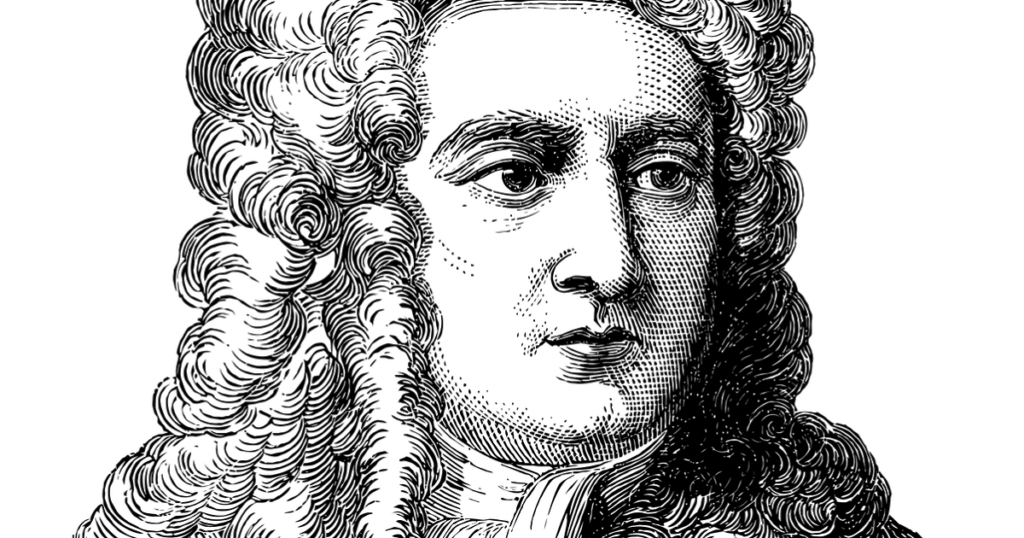
In 1666, Isaac Newton managed to formulate his law of universal gravitation. Newton was able to realize that what produces the movement is a fundamental force of the Universe that is directly proportional to the mass and inversely proportional to the distance that separates the bodies.
This discovery was so important to the history of astronomy that even today his equations can be used to calculate the orbits of satellites or space probes.
7- Galileo sees the moons of Jupiter with his telescope
Everyone thinks that Galileo was the first human being to use a telescope to peer into the sky. However, this is not entirely true. There are data that Thomas Harriot had already done this, but he never published his studies, and in science it is already known that the discoveries are as important as their dissemination.
Galileo was a great promoter: he made several lunar maps, described the movements of Jupiter’s moons and wrote several books, despite being threatened on several occasions by the Vatican.
Until Galileo started using the telescope, Earth was thought to be the only planet with a moon. Galileo was quite surprised when observing Jupiter through a telescope, he noticed that there were always several stars that always seemed to follow the planet.
Furthermore, these moons changed positions even during the same night. Galileo then understood that these “stars” were nothing more than the moons of Jupiter. Another myth that fell apart and that gave us a new lesson in humility, the Earth was no longer the only planet to have a Moon. Not only that, but Jupiter had more moons than Earth.
6- Herschel catalogs the sky
Astronomy was not an easy science. Just researching and understanding the Solar System took a few centuries. Even little by little, it expanded with the new planets discovered. If it wasn’t easy to make a map of the Solar System, make a map of the starry sky you can imagine.
William Herschel, with the help of his sister Caroline, recorded over 800 double stars and about 2,500 nebulae in the Milky Way before his death in 1822. He also discovered Uranus along the way, that’s nothing. Herschel bequeathed us a model of the sky that included over 90,000 stars and revealed that the Milky Way was somewhat disk-shaped.
Einstein develops the theory of relativity
In the early 19th century, scientists began to realize that Newton’s laws were incomplete or not quite correct. They simply explained very well the general motions of celestial objects, but there were some phenomena that they could not explain.
Then Albert Einstein came up with the idea that both time and space were relative to the observer, introducing a new concept that surprised most scientists at the time. In 1919, Einstein managed to complete his General Theory of Relativity in which he proposed that a mass warps time and space in its vicinity and that it could even bend the rays of light that reached us from distant galaxies.
Hubble discovers the expansion of the Universe
Also at the beginning of the 19th century, the general opinion was that the Universe was limited to our galaxy: the Milky Way. When Edwin Hubble appeared on the scene in the 1920s, he realized that many of these “nebulae” that could be seen in the night sky were nothing more than other galaxies similar to ours, and that each one was made up of millions of stars.
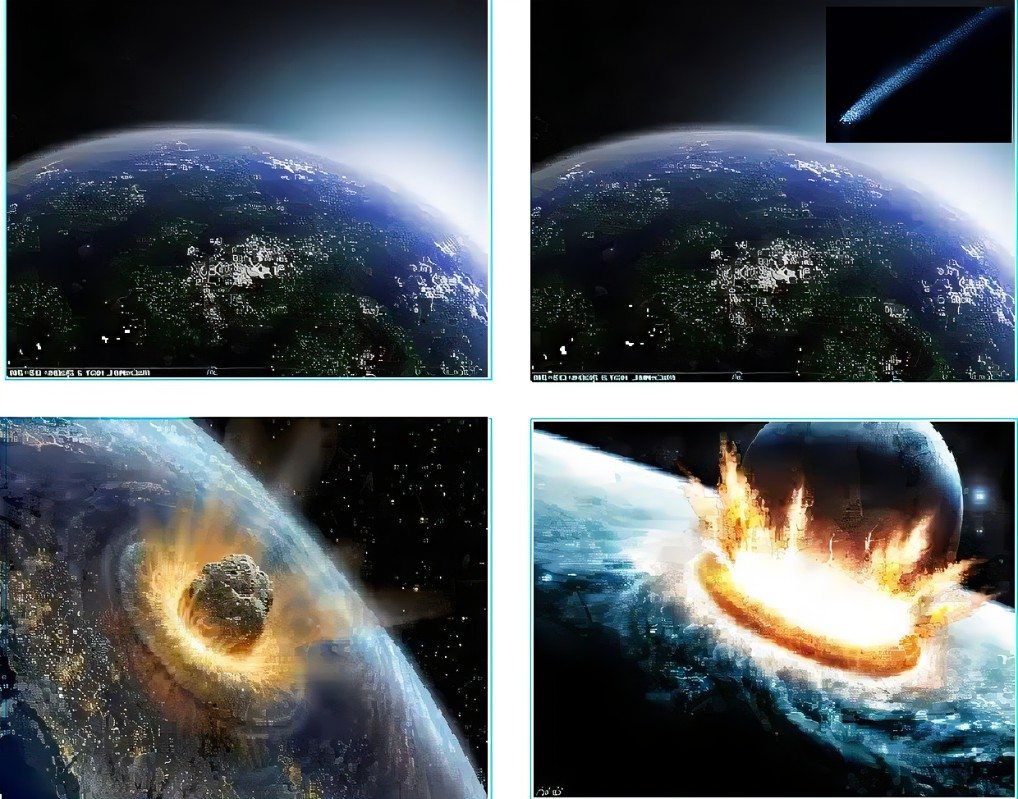
Not only that, but he found that galaxies appeared to be moving away from us at a speed that was directly proportional to the distance separating us from them. Hubble then stipulated that the Universe was expanding, space must be expanding. His work contributed to giving another impetus to the Big Bang theory.
3- Discoveries of Astronomy – Jansky develops radio astronomy
Everyone, or at least almost everyone, has tried to tune in to a radio at some point. When we are fine-tuning, we always find areas where there is no transmission and classic background noise appears. If you take the test, congratulations, you’ve found radio interference, and some of it comes from outer space.
Karl G. Jansky, an engineer at Bell Labs, encountered similar interference when trying to tune a transatlantic radiotelephone in the 1920s. After much testing, he realized that the signal did not come from the noise of the radio itself, but from the radio! center of the Milky Way!
In the years that followed, other radio engineers followed Jansky’s work, helping to discover that all celestial bodies emit radio waves to a greater or lesser degree.
This helped astronomy a lot, firstly because there were objects that were very faint in visible light and could not be studied properly, but on the other hand they had strong radio emissions, which made it possible to study that object perfectly without “seeing” it. Radio astronomy has allowed studies of the Universe that would be unthinkable in the visible spectrum.
2- The existence of the first extrasolar planets is proven
One question has always been on the mind of everyone interested in astronomy: are there planets around other stars? The general opinion of all scientists has always been yes, but until a few years ago this could not be proven.
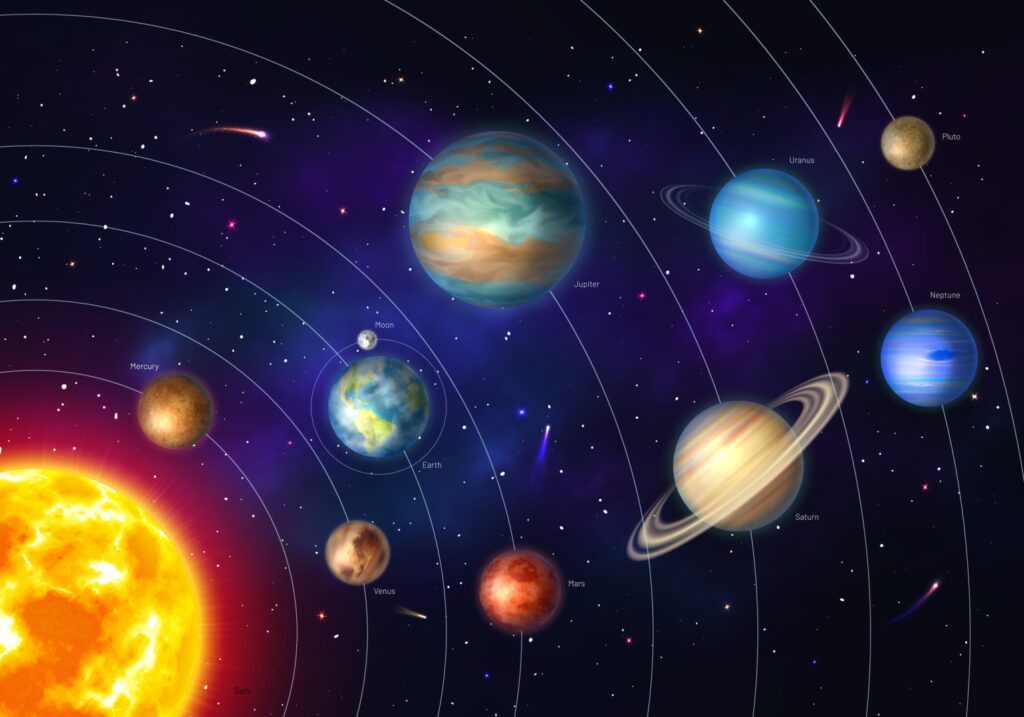
In October 1995, Swiss astronomers Didier Queloz and Michel Mayor performed an experiment that allowed them to observe the first extrasolar planet in history: 51 Pegasi B.
The planet is too far from Earth to observe, but Queloz and Mayor instead measured the star’s luminosity. When the planet passed in front of it, the star’s luminosity dropped significantly, this was the ultimate test.
From the star’s light curves, they even calculated the planet’s orbit and size. To date, about 350 new planets have been discovered using the same method or variations.
1- Astronomy Discoveries – The discovery of the cosmic microwave background
Just as forensic investigators look for the pieces of a bomb after an explosion, astronomers look for clues and evidence of the biggest explosion imaginable: the Big Bang.
In 1964, Robert Wilson and Arno Penzias discovered that everywhere in the sky, wherever they looked, there was a small signal, very weak, but a signal, which in some areas was a little stronger and in others a little stronger. weak, but that was repeated to point its antenna where it was pointed.
They then understood that this signal was nothing more than an “echo” of the Big Bang, the remnants of the original explosion that gave rise to the entire Universe we know today. The discovery of the cosmic microwave background radiation, as it was called, won Wilson and Penzias the 1978 Nobel Prize in Physics and changed our perception of the Universe forever.


